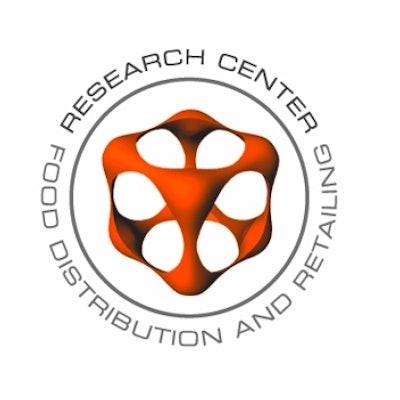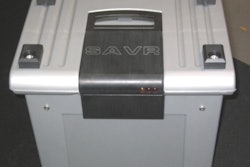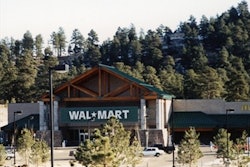
Packaging World spoke recently with Dr. Jean-Pierre Emond, codirector of the University of Florida's Institute of Food and Agricultural Sciences (IFAS) Center for Food Distribution and Retailing (CFDR). JP, as he's called, is right-hand man for UF's packaging program run by professor Bruce Welt, Ph.D.
Among other research and development projects, JP brought us up to speed on Visibility Validated (V2), a collaborative effort between the CFDR and several participating companies.
These included Publix Supermarkets, Lakeland, FL, which operates 850 supermarkets in the Southeast U.S. and eight seven distribution centers in FL and one in GA, and packagers Del Monte Fresh, Duda, and Tanimura & Antle. Other companies involved were technology providers Franwell, Alien Technology, GlobeRanger, Symbol Technologies, veriSign, and others.
JP says that V2 involves monitoring of RFID-tagged cases on production lines, and some monitoring in the supply chain. No matter the incoming source, all have challenges to ensure that the container can be read when it arrives at Publix and provide real time information about the status of the shipment, he adds.
V2 Phase 1 launched in August 2005 and was completed in August 2006. Phase 2 is set to begin this month.
"We post the event on the PC 'dashboard'—a graphics interface from Franwell—so everyone can see when a product is tagged related to a purchase order from retailer," JP continues. "In this case, the retailer is Publix."
A weekly conference call involves 30 participants, JP says.
"What is interesting is the kind of problems we can encounter within the system and supply chain," says JP. "We have seen that sometimes you read a tag where you don't want to read it. For example, someone at a warehouse can carry an RFID-tagged box near a reader-antenna and it is recorded as a movement that messes up the data."
Temperature sensing next
Phase 2, which involves more retailers and suppliers, starts this month, though the participants were not finalized by mid-November. Phase 2 be conducted at the store level and include temperature tracking with RFID.
JP notes a major challenge associated with temperature monitoring. "You can place a sensor tag on a box, but the temperature that the sensor reads is not that of the product inside the box," he explains, "it's that of the sensor. We are developing a database model that correlates the tag temperature to the product temperature inside the box. We are working with tropical fruits and other produce, and will soon work with meat."
Temperature prediction models developed
For years CFDR member Dr. Cecilia Nunes (faculty, Food Science and Human Nutrition) developed a large number of prediction models for shelf life and quality of produce, JP says. The CFDR currently possesses a database of more than 40 products.
"If you can provide me the temperature history during transit for those products, we can predict the remaining shelf life and, for example, decide what to do when the product reaches the distribution center," says JP. "We can show people how a product should look like at a DC—using our picture database of products—and if it doesn't look like that, then it is a problem."
JP says that packaging plays a big role in the project, and the model varies depending on the type of package and the packing density of the product inside.
"A corrugated box behaves differently than an RPC with vents," says JP. "We have two graduate students working on this and have just added a third."
For further information, Dr. Jean-Pierre Emond can be reached at the University of Florida, Gainesville, by phone at 352/392-1864 ext 229, or by e-mail [email protected].
Ed Note: For more information about UF's CFDR R&D projects, check the November issue of Packaging World or this Web site early next month.
























